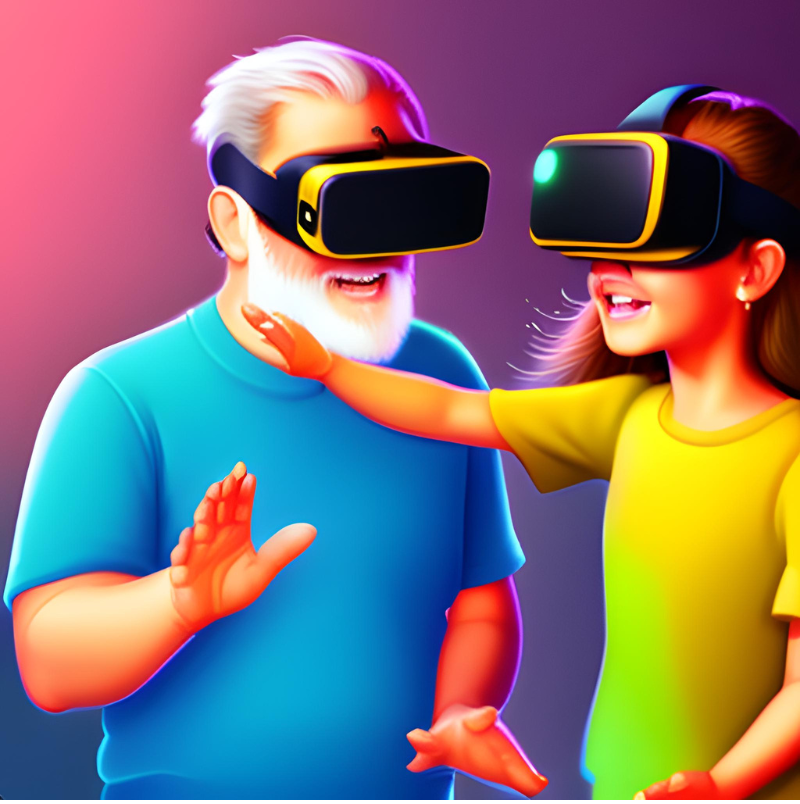“I hear babies cry / I watch them grow /
They’ll learn much more / Than I’ll ever know”
- Weiss & Thiele recorded by Louis Armstrong
Recently while a guest on Jim Zelem’s You are Just a Number podcast, I learned a couple of new terms - “digital native” and “digital immigrant.” Not wanting to be labeled a dinosaur, I decided to learn more about them.
These terms were coined by writer and speaker Marc Prensky in 2001 when he published Digital Natives, Digital Immigrants. His thesis is that people born after 1980 have grown up in the Digital Age and are much more comfortable with computers, apps, software, smartphones, and computer games than those born previously. So, to put labels on it, Baby Boomers like me, and Gen Xers fall into the category of Digital Immigrants. The younger generations, Millennials, Gen-Zers, and Gen-Alphas, make up the digital natives. According to Prensky and others, Digital Natives have become so immersed in the digital world that their brains have even become somewhat rewired so that they process information differently than Digital Immigrants. For example, Digital Natives are known to have improved short-term memory, can process complex information better, have improved integration of sensations and thoughts, multitask better, and have little trouble with new technology, than digital immigrants.
However, as I learned more about digital natives and digital immigrants, I realized that I didn’t have to just sit back and wait for an asteroid to signal my demise just yet. You see, we haven’t given birth to a generation of human computers, or Mr. and Ms. Spocks – not yet, at least. It seems that about 55 percent of effective communication is accomplished non-verbally. This means that for people to effectively get their points across they need to communicate using eye contact, body language, and non-verbal cues. What that means is although Digital Natives are very adept at reading a computer or a smartphone screen, they are not nearly as adept at reading people. They are not very good at interpreting gestures and body movements. So, while a Gen-Zer may be able to successfully set up the IT department, they may not be nearly so successful at negotiating the best terms and conditions for the hardware and software that comprise it. While they could build the store, they could also simultaneously give it away.
I received my first computer about four years after I graduated from college. My company sent me to a multi-day class to learn how to use our new IBM PC and its software, Lotus 1-2-3. Previously, my experience with computers was in college, writing programs in BASIC on Hollerith cards. (Remember those?) I learned to equate computers with work, and I still do.
Digital Natives, however, equate computers with fun. They first learned to play games on them. Most have never even read a computer manual. In fact, once I worked on an Apple computer, I never read another computer manual either. Could it be that Steve Jobs and Steve Wozniak were the first Digital Natives?
As supply chains become more and more digital, digital natives will have definite advantages. Those that become supply chain professionals will require less time training, as they do not view computers as “the enemy” and software packages will be practically interchangeable and as comfortable to Digital Natives as an old pair of scruffy slippers.
However, when it comes to dealing with the softer side of management, Digital Natives may require more training. Human Resources professionals may have to include training in empathy, interpersonal relations, social skills, body language, and making eye contact. Remember, Steve Jobs, for all his brilliance, was never known as a “people person.”
All management, including supply chain management, is based on communicating and the best managers are also great communicators. Supply chains are still relationship-based, despite technology and software such as ERP, WMS, YMS, and SCEM. Successful supply chains still need people to interact with people.
Whether you are a Digital Native or a Digital Immigrant, the rule of communication that I have always used is still relevant, and the best advice is, “Don’t email if you can make a phone call, and don’t call if you can meet face-to-face.”
And make eye contact.
Gary welcomes your comments and feedback. You can email him at garys@supplychainmavens.net.

